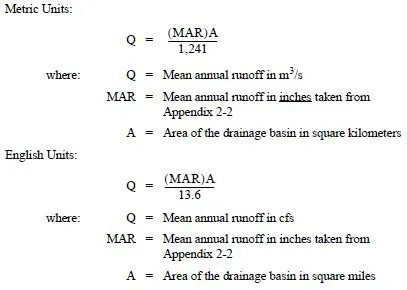Several rehabilitation methods are available that can restore structural integrity to the pipe system while minimally affecting roadway traffic. As the name implies, these methods involve minimal trenching along with the ability to retrofit or completely replace a pipe without digging up the pipe.
• Sliplining is a technique that involves inserting a full round pipe with a smaller diameter into the host pipe and then filling the space between the two pipes with grout.
• Pipe bursting is a technique where a pneumatically operated device moves through the host pipe, bursting it into pieces. Attached to the device is a pipe string, usually thermally fused HDPE. Using this method and depending on the soil type, the new pipe may be a larger diameter than the pipe being burst.
• Tunneling, while more expensive than the other methods, may be the only feasible option for placing large-diameter pipes under interstates or major arterials.
• Horizontal directional drilling (HDD) is a technique that uses guided drilling for creating an arc profile. This technique can be used for drilling long distances such as under rivers, lagoons, or highly urbanized areas. The process involves three main stages: (1) drilling a pilot hole, (2) pilot hole enlargement, and (3) pullback installation of the carrier pipe.
• Pipe jacking or ramming is probably most commonly used method. Pipe diameters less than 48 inches can be jacked both economically and easily. Pipe diameters to 144 inches are possible; however, the complexity and cost increase with the diameter of the pipe. Protective treatment is not required on smooth-walled steel pipe used for jacking installations; however, jacked pipes require extra wall thickness to accommodate the expected jacking stresses
• CIPP lining is a trenchless method of sewer construction. It requires little or no digging and significantly less time to complete than other sewer repair methods. CIPP involves inserting a flexible liner inside the existing pipe, inflating the liner, and exposing it to heat or ultraviolet (UV) light to dry and harden the liner inside the pipe. The liner essentially forms a smooth surface inside the existing pipe, restoring it to near-new condition. If the host pipe is excluded from the structural integrity calculations, the liner itself may not be able to withstand the loads. CIPP liners are relatively less expensive than other materials, and they are easier to install. However, certain installation protocols must be followed; otherwise, temporary impacts on the environment could occur. Consult with HQ ESO or the State Hydraulics Office for more guidance.
• Spray lining could be an option if the host pipes are big enough. The materials could be cement or polymer, and the liners could be installed with or without the wire mesh or reinforced bars. Without the host pipe, the liners could provide very little strength to significant strength to withstand the loads. Similarly, the liner lifespan depends on the material and construction method.
